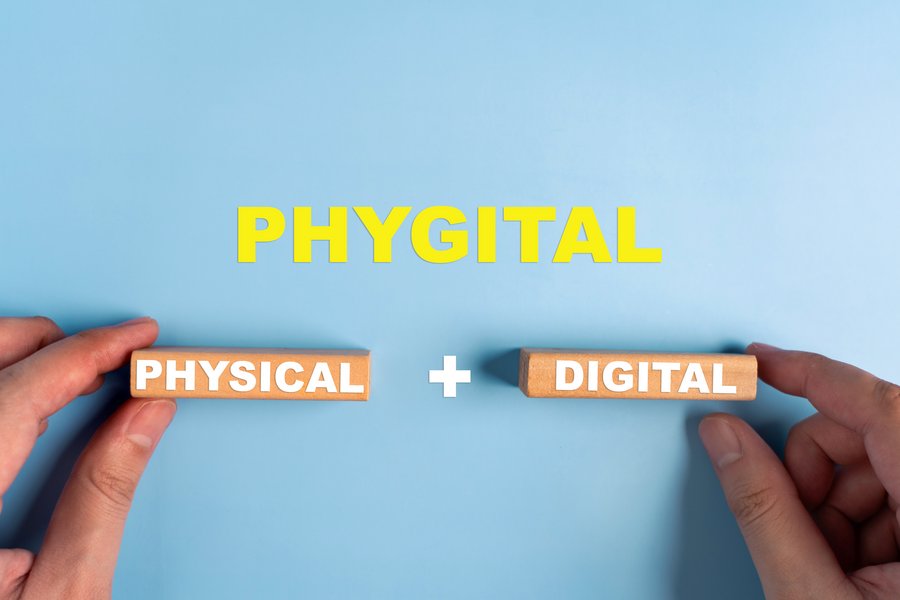Customer-centric approach to banking and payments
Gen Zers have diverse needs and a greater desire for personalization than previous generations. Technology can help banks meet these needs. Exciting AI use cases are emerging that will help banks increase the personalization of their services and offerings6. However, as they strive to provide improved digital solutions, banks should not neglect the physical banking experience.
As previously mentioned, the bank branch is still the go-to option for Gen Z bankers when it comes to opening accounts and resolving fraud disputes. Likewise, when their digital inquiries for other banking issues fall short. It reflects on a gap that the banks need to fulfill in order to provide a more seamless, phygital banking experience for all. Indeed, frustrations with the shortcomings of digital customer service options is a pain point felt across all generations, which highlights the fact that human customers will always need some degree of human support. The optimal solution to meet all customer needs is for banks to offer a phygital banking experience that combines the best of both: using digital tools to add genuine value to the physical banking experience. For example, by offering customers the option to schedule branch visits through their mobile banking app.
Physical and digital payment solutions work together to make every customer’s payment experience better. While over 65% of the customers reported they still preferred cards, adding a digital touch to both cards and issuances is crucial to ensure speed, convenience, and simplicity of payments7. By 2026, the total value of virtual card transactions is expected to reach 6.8 trillion dollars, making virtual cards linked to physical cards a global payment phenomenon 8.
Banking services isn’t the only area where Gen Z customers have high expectations. A majority (73%) believe banks should do more to provide advice on matters such as budgeting, spending habits, paying off debts, and taking out loans9. Educational services – delivered either with virtual assistants and online courses or with traditional consultations in brick-and-mortar branches – are a great opportunity for banks to position themselves as trusted advisors to their customers.
Finally, personalizing the payment and banking experience itself is another way for banks to set themselves apart from the crowd. Payment cards, as symbols of the bond between banks and consumers, reflect one’s lifestyle and identity. This is especially important for Gen Z customers, who value expressions of individuality. Solutions like Convego Create Consumer foster this by allowing customers to personalize not only their payment cards, but other payment devices as well, such as wearables and wallets, with their preferred image, avatar, or emojis.






